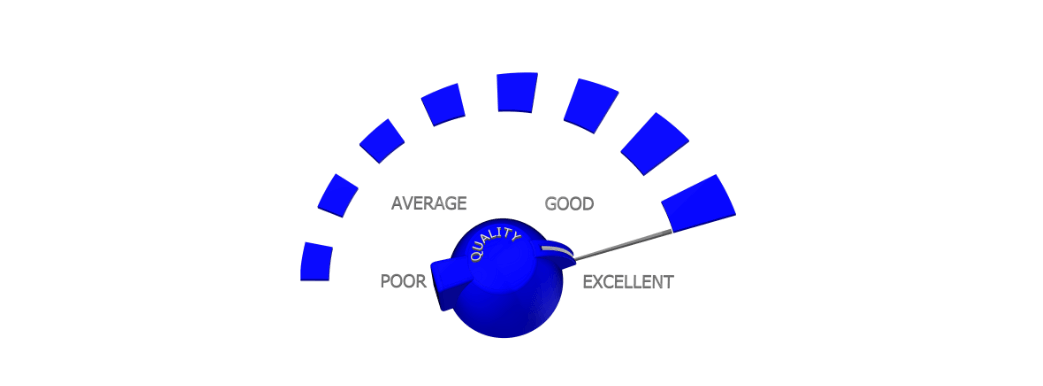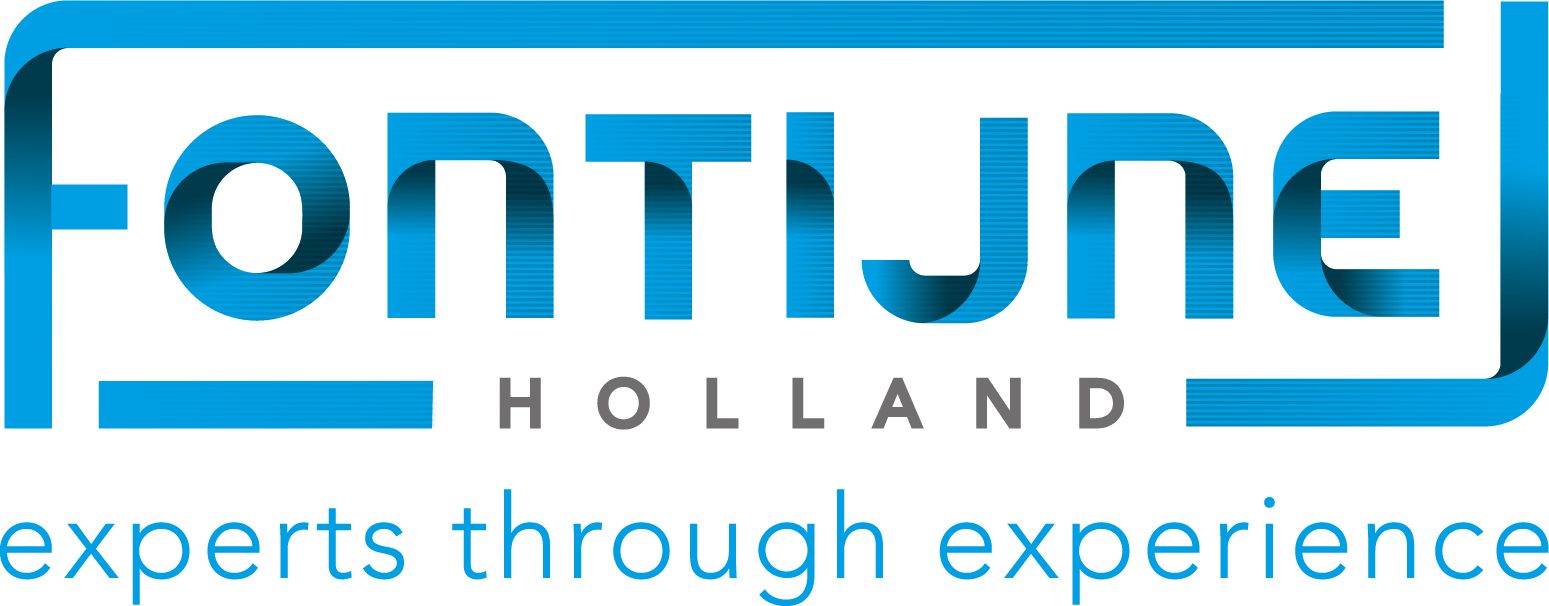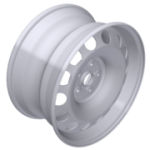Quality Improvement for wheels
Quality is secured in each process step in the Fontijne Holland production line. There are several areas where quality is obtained.
Quality improvement relates to:
- visual aspects,
- geometrical aspects,
- scrap rates,
- keeping up with narrow limits,
- repetitive and consistent output.
Quality is influenced by:
- Variable factors
- Operators often make decisions based on “feel”. This type of production means different levels of knowledge, understanding, and methodologies between machines, shifts, and employees. These inconsistencies can result in different throughput levels, lower quality, unplanned downtime, and higher costs.
- Fontijne Holland machines provide programmed control routines to get the job done (e.g. weld control 2.0). By applying consistent production methods, cycle time, quality and output can be replicated regardless of the operator, machine or shift.
- Continuous improvement
- Fontijne Holland continuously improves its machines and processes to stay ahead in quality standards.
- Support
- Fontijne Holland supports you with original spare parts, maintenance activities, retrofits and support to maintain and even improve your process.
A Fontijne Holland quality program consists of unique process steps
The following features are implemented in the Fontijne Holland production line to obtain and improve the desired quality.

Quality improvement in the cut to length line
- Straight plates: the leveler process.
- Removing sharp edges of the plates: edge rolls.
- Straight, non bended cut plates: shear with special design blades and clamps.
- Plates with precise length: length measuring system.
Quality improvement in the ring preparation line
- Guaranteed single plate infeed: stacker / de-stacker equipped with double plate detection.
- Ring without spiral shape: coiler with tilting device to prevent spiraling.
- Coil with constant overlap: coiler with steering roll.
- Maintain ring end position during transport: aligner, gap closer, rotor clamp and welder loader.
- Scratch prevention: loading to the welder is executed without sliding the ring on the clamps.
- Stable clamping in welder: floating clamps ensure firm clamping of tapered material.
- Operator independent welding: the weld control determines the required values during each individual weld.
- Temperature based weld control: the process determines the required values for upset force and movement related to the obtained temperature in the weld.
- Precise trimming of weld: stable and rigid guiding of the ram.
- Chip removal: chips are disposed to prevent damage to the ring.
- Smooth weld surface: the roller flattens the weld.
- Scratch prevention for flaexpander: sharp cut ends are located on the outside of the ring.
- Homogeneous temperature: the cool clamp cools the weld zone before flaring on the flaexpander.
- Scratch prevention while flaring: the flaexpander expands the ring only by radial movement (no sliding).
- Crack detection: possible cracks are detected in the flaexpander to prevent damage to the tooling when a cracked ring should be fed to the forming machines.
- Scratch prevention: loading to the weld trimming stations is executed without sliding the ring on the machine clamps.
Quality improvement in the rim forming line
- Homogenous shape and thickness: tilting of the spindles of the roll formers can be adjusted.
- Optimum shape of profile: axial adjustment for aligning tooling.
- Centric positioning of tooling: centric clamping of tooling on spindles (optional).
- Precise round ring: precise loading position resulting in no oscillation of the ring when picked up by lower spindle.
- Homogeneous shape: side guides for optimum guiding.
- Optimum shape and dimension: final expander with rigid frame and guiding for perfect alignment of left and right tooling.
- Rim without sharp edges: edge conditioner.
Quality improvement for the leak detector
Leak detection up to 20 μm: unique thermal detection system
Quality improvement in the valve hole installation
- Flat spot and hole aligned: the indexing transport system guarantees correct positioning
- Valve hole without sharp edges: the deburring station forms a smooth edge without generating chips
The runout reducer is a machine in which the runout of a wheel can be reduced by as much as 40-50%. The radial and axial deviations of the bead seats of the rim will be reduced in relation to the wheel mounting surface.
Not the right one?
The Fontijne Holland lines do not only manufacture rims. Any sheet metal product that needs to be formed and/or profiled, can be produced on our equipment. If you need assistance with the production of your products, please contact us.

